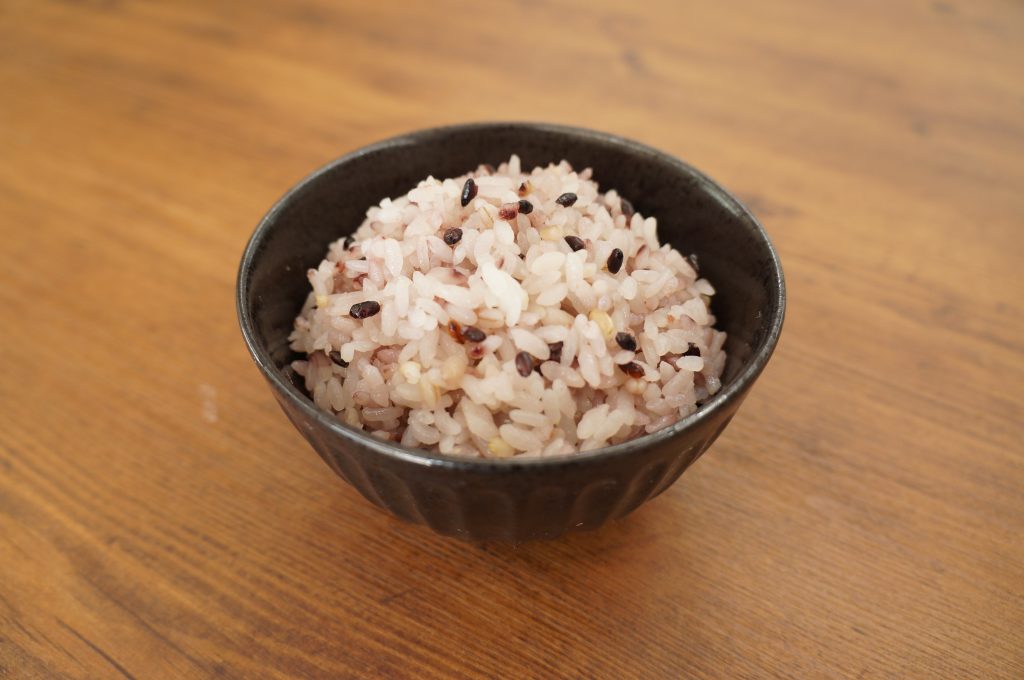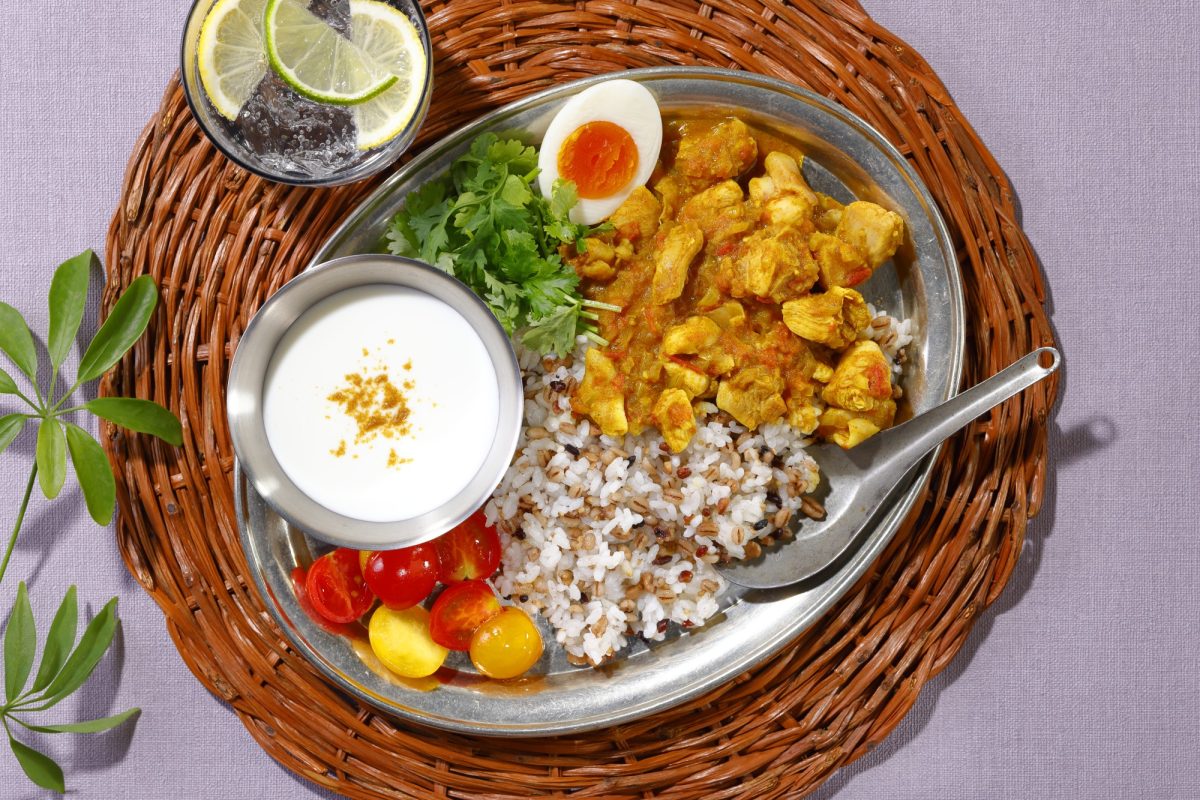Introduction
In recent years, the importance of dietary fiber for health and longevity has become widely recognized. Among various fibers, cereal fiber—found in grains like barley, millet, and brown rice—has gained attention for its powerful effects on health.
While many people in Japan eat mainly white rice or refined grains, adding whole grains to rice is a simple and effective way to increase cereal fiber intake. This strategy can help reduce the risk of major lifestyle diseases and promote well-being.
In this article, we explain why cereal fiber is so special, how it differs from other types of fiber, and practical ways to boost your intake every day.

What Is Cereal Fiber?
Cereal fiber is the dietary fiber contained in the bran and germ of grains.
Unlike fibers from fruits or vegetables, cereal fiber comes mostly from whole grains that keep all parts of the grain—including the outer bran layer.
Main Sources
- Barley (including rolled barley)
- Brown rice, black rice, red rice
- Millet (various kinds)
- Quinoa, amaranth
Why Is Cereal Fiber Important?
International nutrition experts highlight not only “total fiber” but also the quality and source of fiber.
Unlike fruit and vegetable fibers, cereal fiber has a rich evidence base for lowering risks of major diseases.
The Western dietary guidelines recommend replacing half of all grain servings with whole grains.
Unique Features
- Health Potential: Cereal fiber demonstrates broader health benefits compared to vegetable or fruit fiber.
- Proven Benefits: Especially relevant for chronic diseases linked to modern eating habits.
- Simple Addition: Just mix grains into your regular rice to boost fiber intake.

Health Benefits of Cereal Fiber
Large-scale clinical reviews demonstrate that cereal fiber is a key nutrient for disease prevention and longevity. Unlike other fibers, its effects are consistently proven in global studies.
1.Lower Risk of Death
A meta-analysis of over 2.5 million people showed:
- For every 10g/day increase in cereal fiber, overall mortality risk drops by 18%.
- No similar effects were seen for fruit or vegetable fibers.
| Fiber Source | Reduction in Mortality Risk (per 10g/day) | Significant? |
| Cereal fiber | -18% | Yes |
| Vegetable fiber | -12% | No |
| Fruit fiber | -1% | No |
2.Prevention of Type 2 Diabetes
- Cereal fiber: For every 10g/day more, risk of type 2 diabetes falls by 25% (highest evidence).
- Other sources (vegetable/fruit fiber): Lower quality or weaker effect.
| Nutrient | Reduction in Diabetes Risk | Evidence Strength |
| Cereal fiber | -25% | High |
| Total fiber | -9% | Medium |
| Vegetable fiber | -7% | Medium |
| Fruit fiber | -5% | Medium |
3.Heart Disease
- High cereal fiber intake = 21% lower risk of cardiovascular disease.
- Fruit and vegetable fibers: No significant effects.
(Source: JAMA. 2003;289(13):1659-1666)
4.Colon Cancer
- Every 10g/day of cereal fiber lowers colon cancer risk by 10%; not shown with other fibers.
(Source: BMJ 2011;343:d6617)
5.Obesity Control
- Studies show higher cereal fiber means lower BMI and body fat.
(Source: J Nutr. 2009 Oct; 139(10): 1950–1955.)

How to Increase Intake: Practical Tips
The easiest way to get more cereal fiber is to mix grains with white rice.
This method is simple, compatible with Japanese eating patterns, and offers outstanding nutritional impact.
Top Grains for Fiber
| Grain | Fiber per 100g (approx.) |
| Barley | ~6–9g |
| Millet | 4–6g |
| Brown rice | ~3g |
| White rice | <1g |
Barley and millet blends deliver more fiber than brown rice.
“Mixed grain rice” products are easy to prepare and are now widely available.
International Standards
| Age Group | Recommended Whole Grain (g/day) |
| 2–3 years | 24–40 |
| 4–8 years | 32–48 |
| 9–13 years | 40–72 |
| 14–18 years | 48–80 |
| 19+ years | 48–80 |
Across the U.S. and Europe, most people are encouraged to make at least half their grains whole.
Simple Actions for a Healthier Life
- Mix barley, millet, or brown rice into white rice at home.
- Try commercially available mixed-grain products for convenience.
- Make cereal fiber intake a daily habit—one bowl of rice at a time.
Conclusion
Adding grains to your everyday rice is a powerful, evidence-based approach to boosting cereal fiber.
This simple habit can reduce your risk of serious diseases and support lifelong health.
Start making this small change today—and turn your daily rice into a source of longevity.

